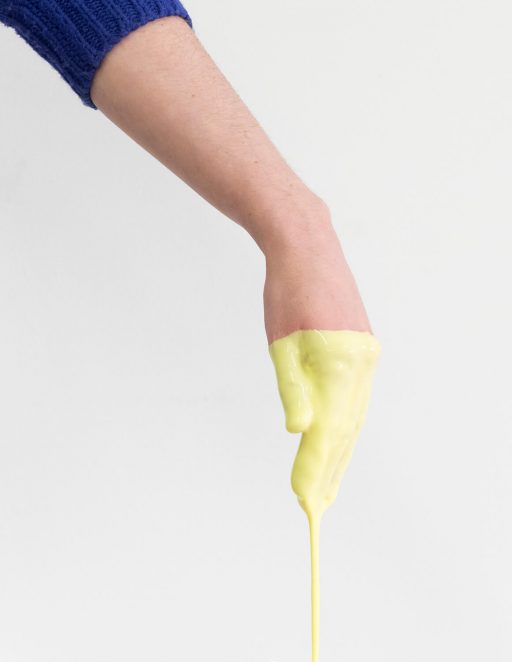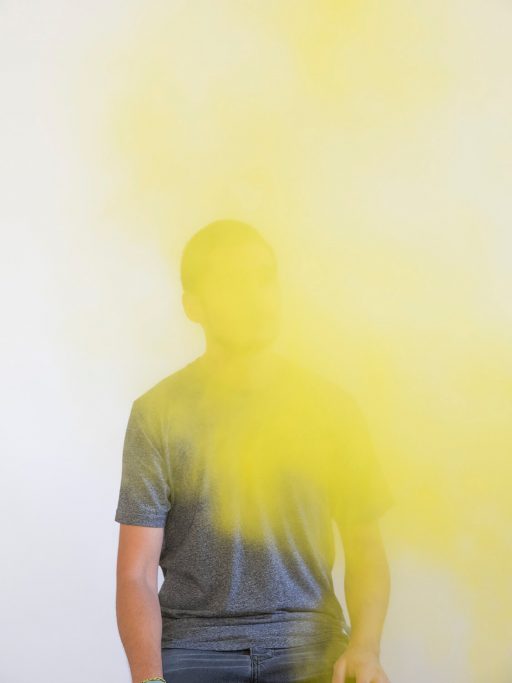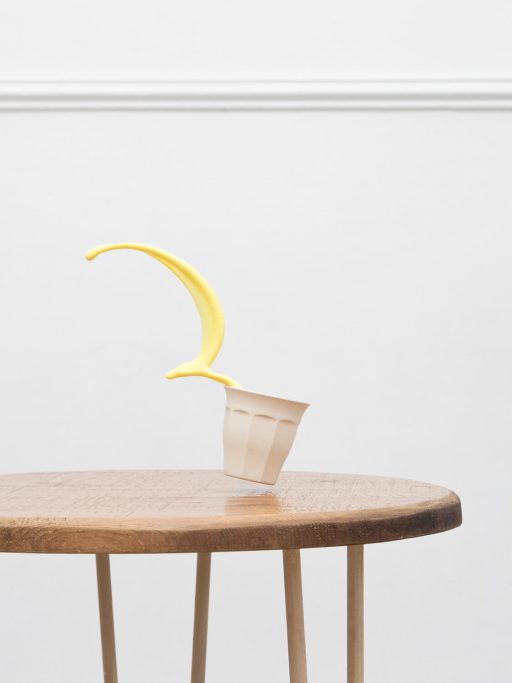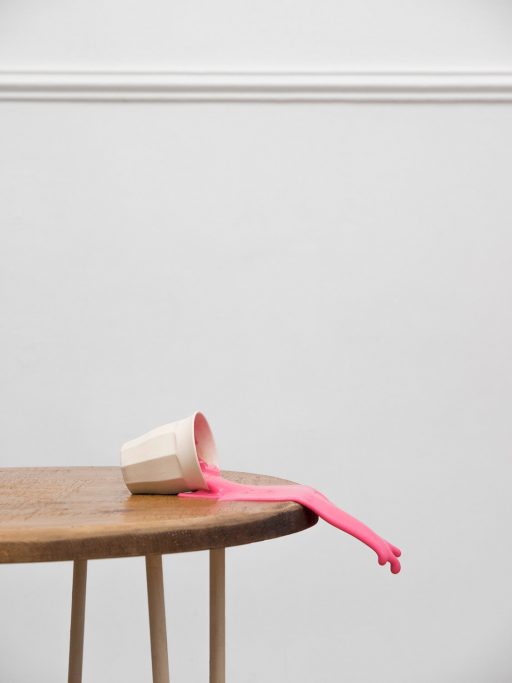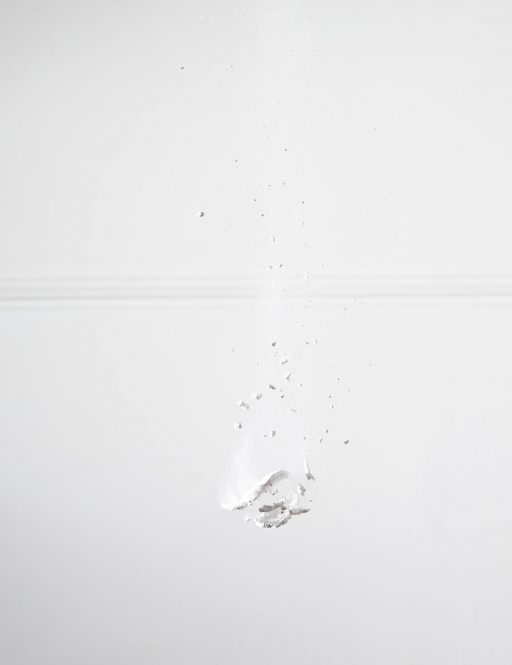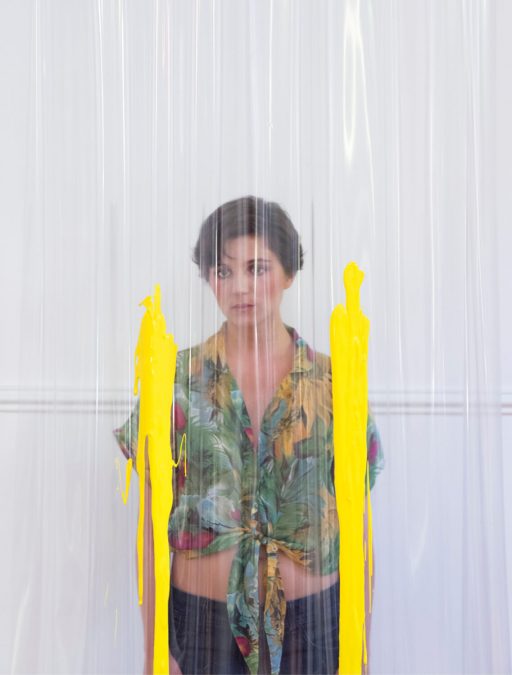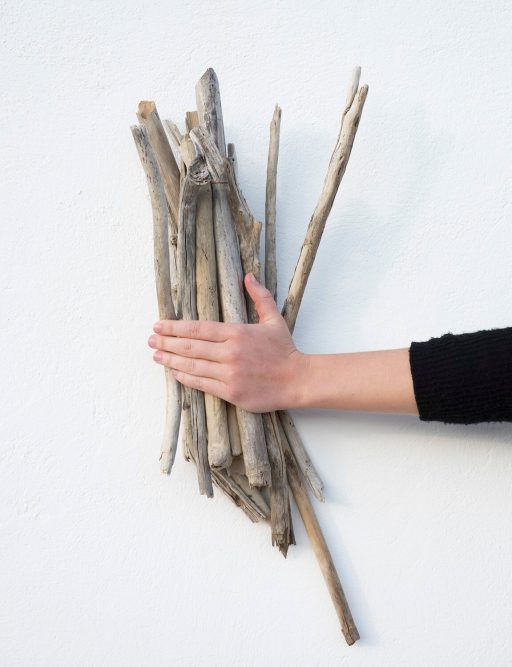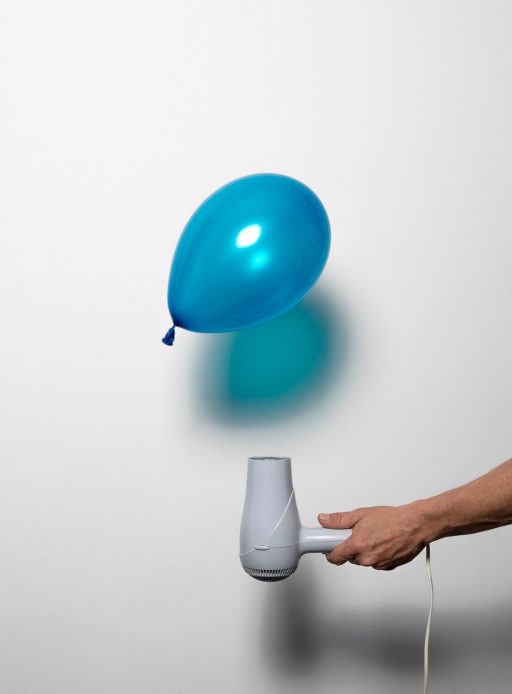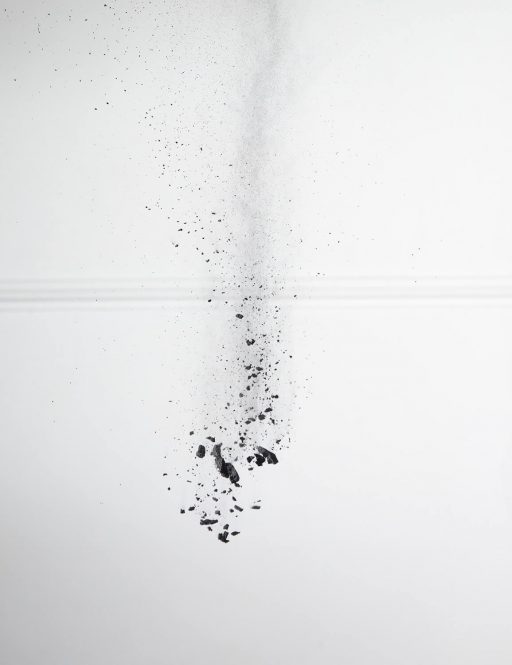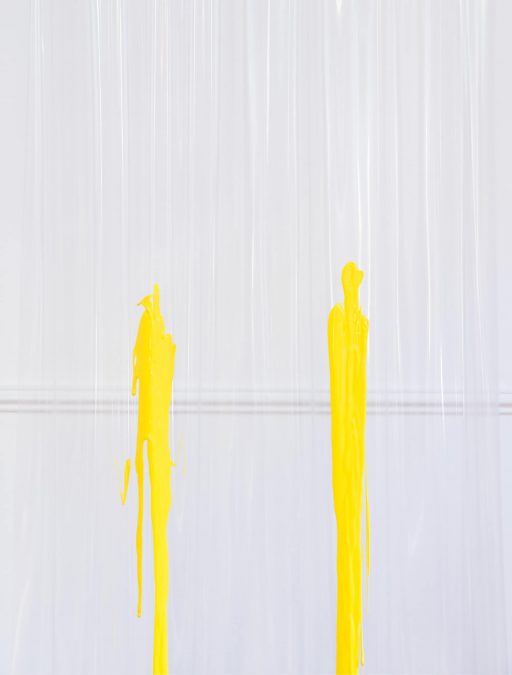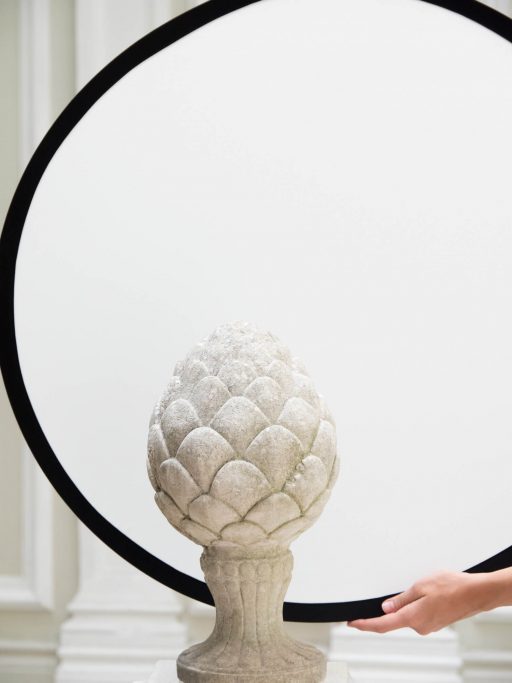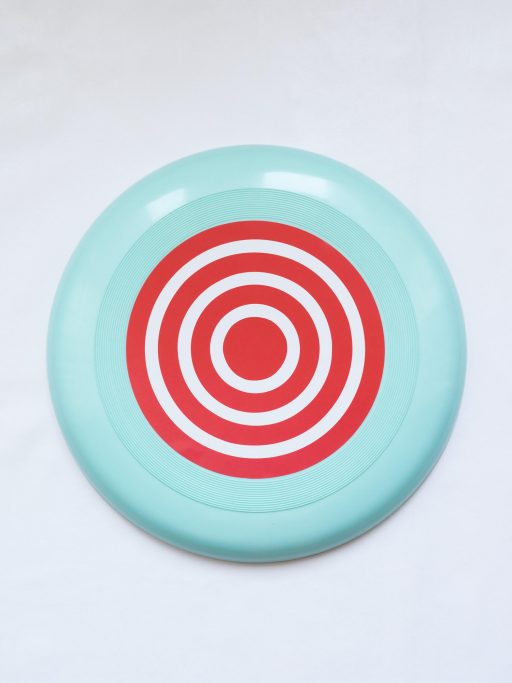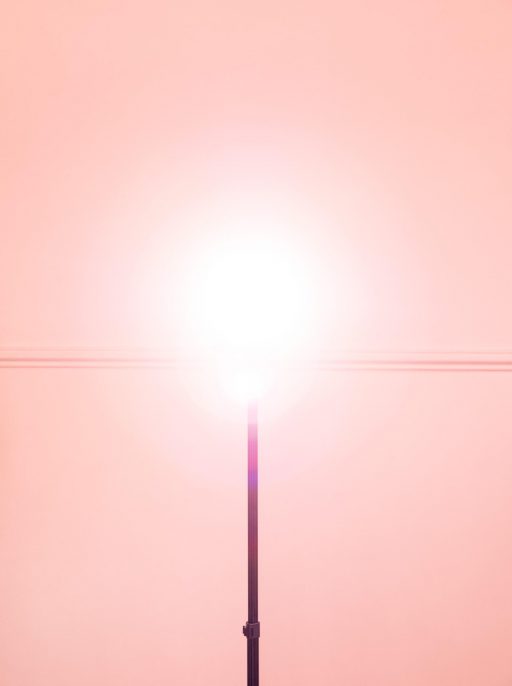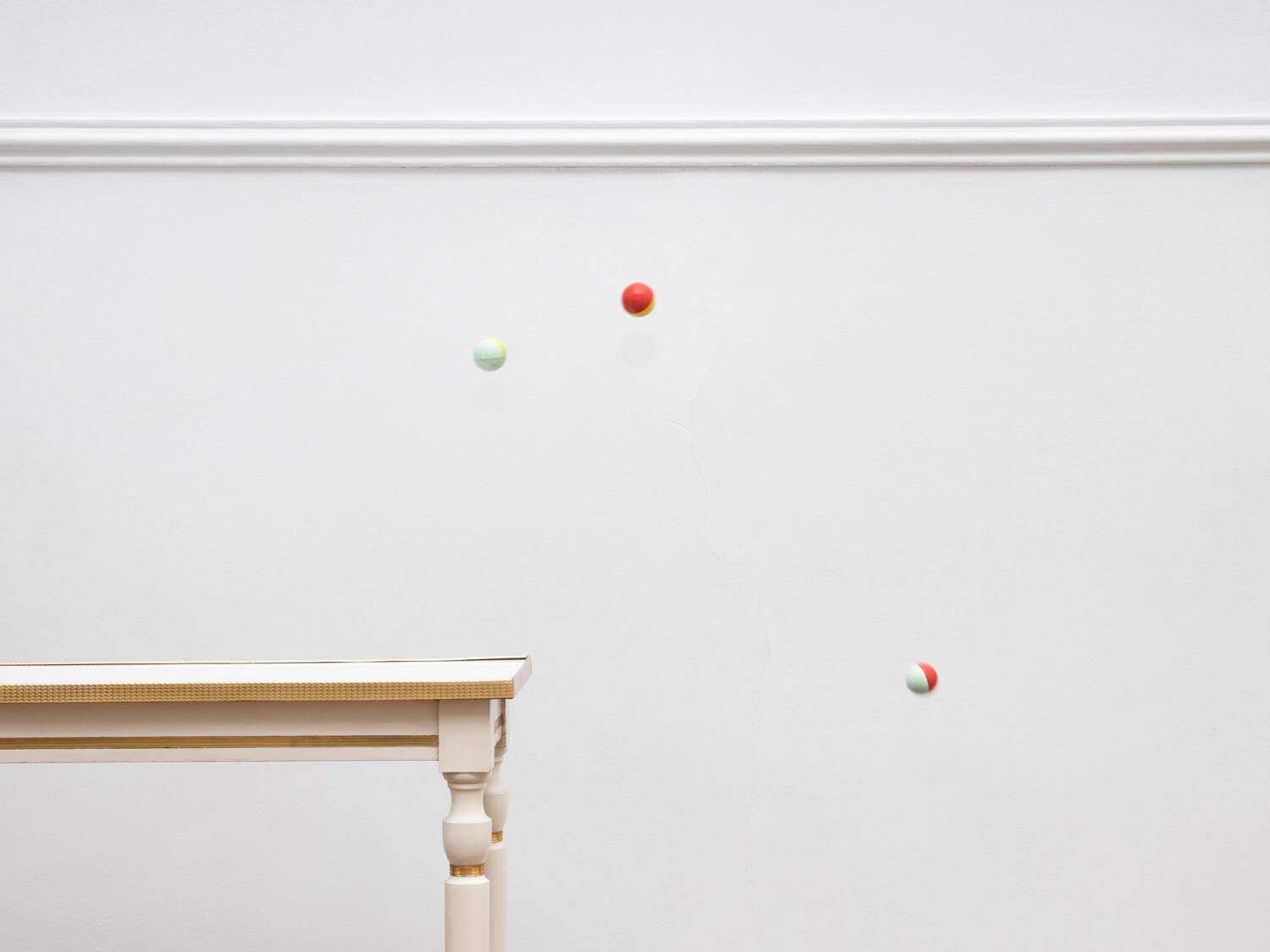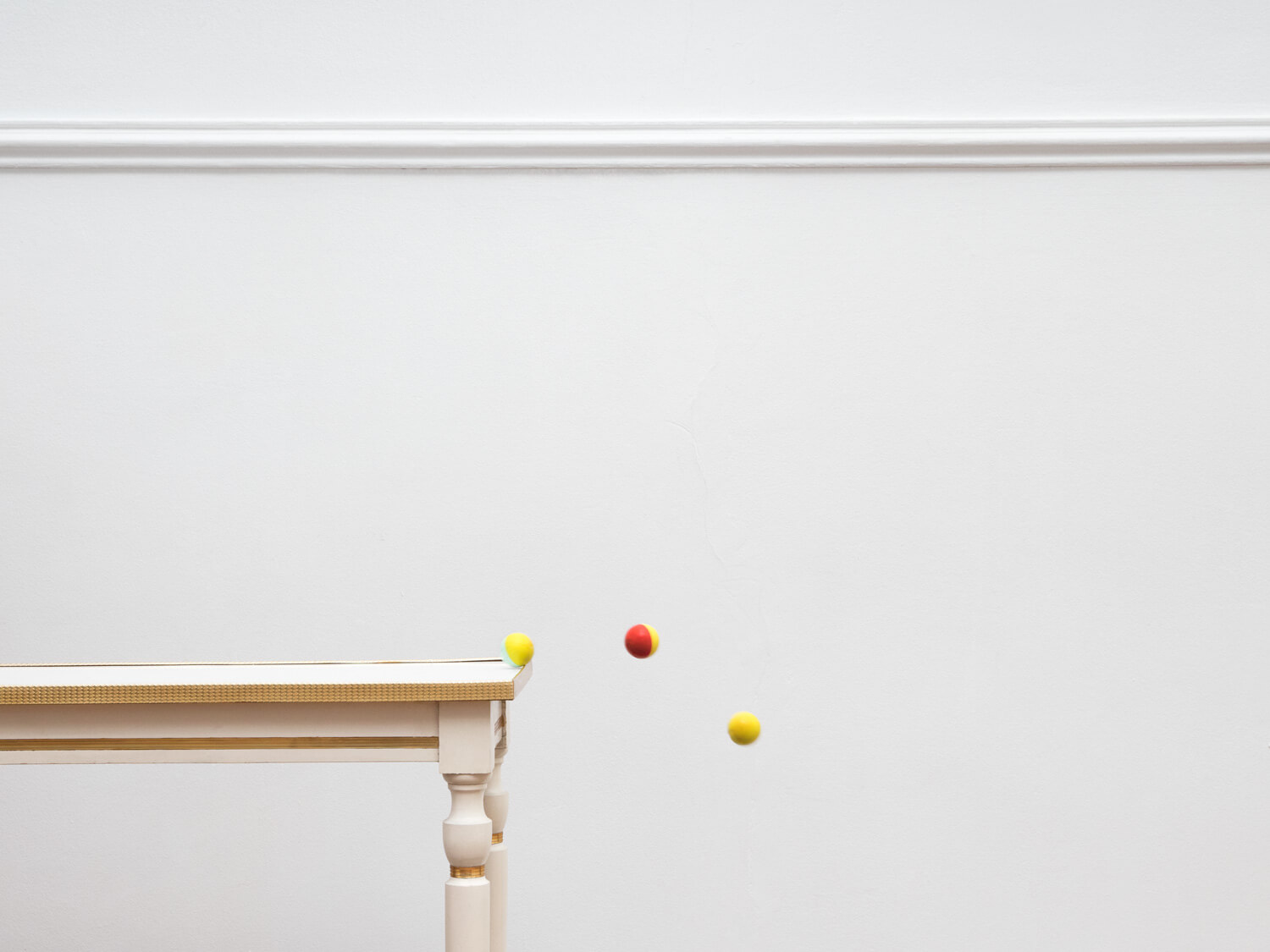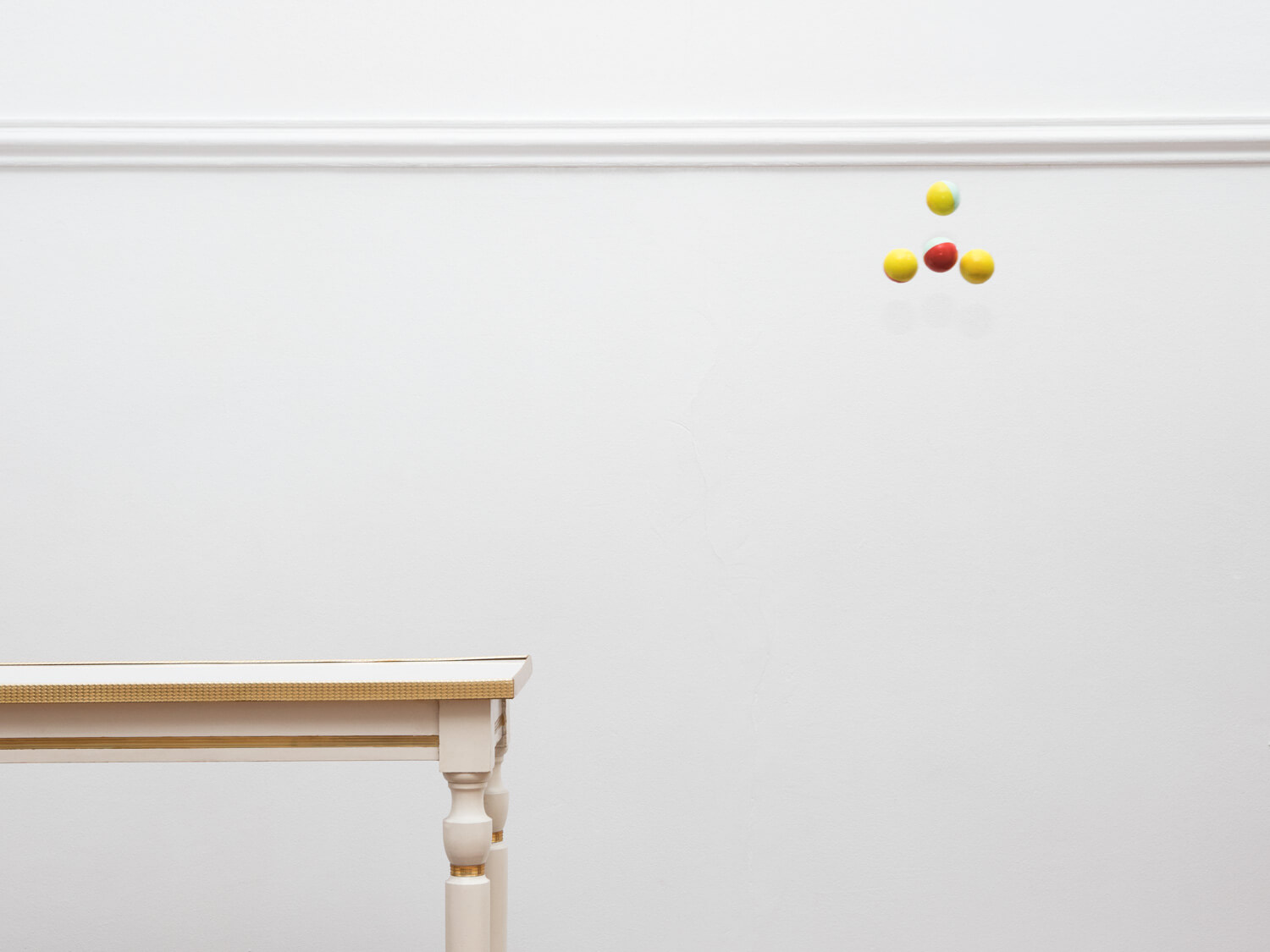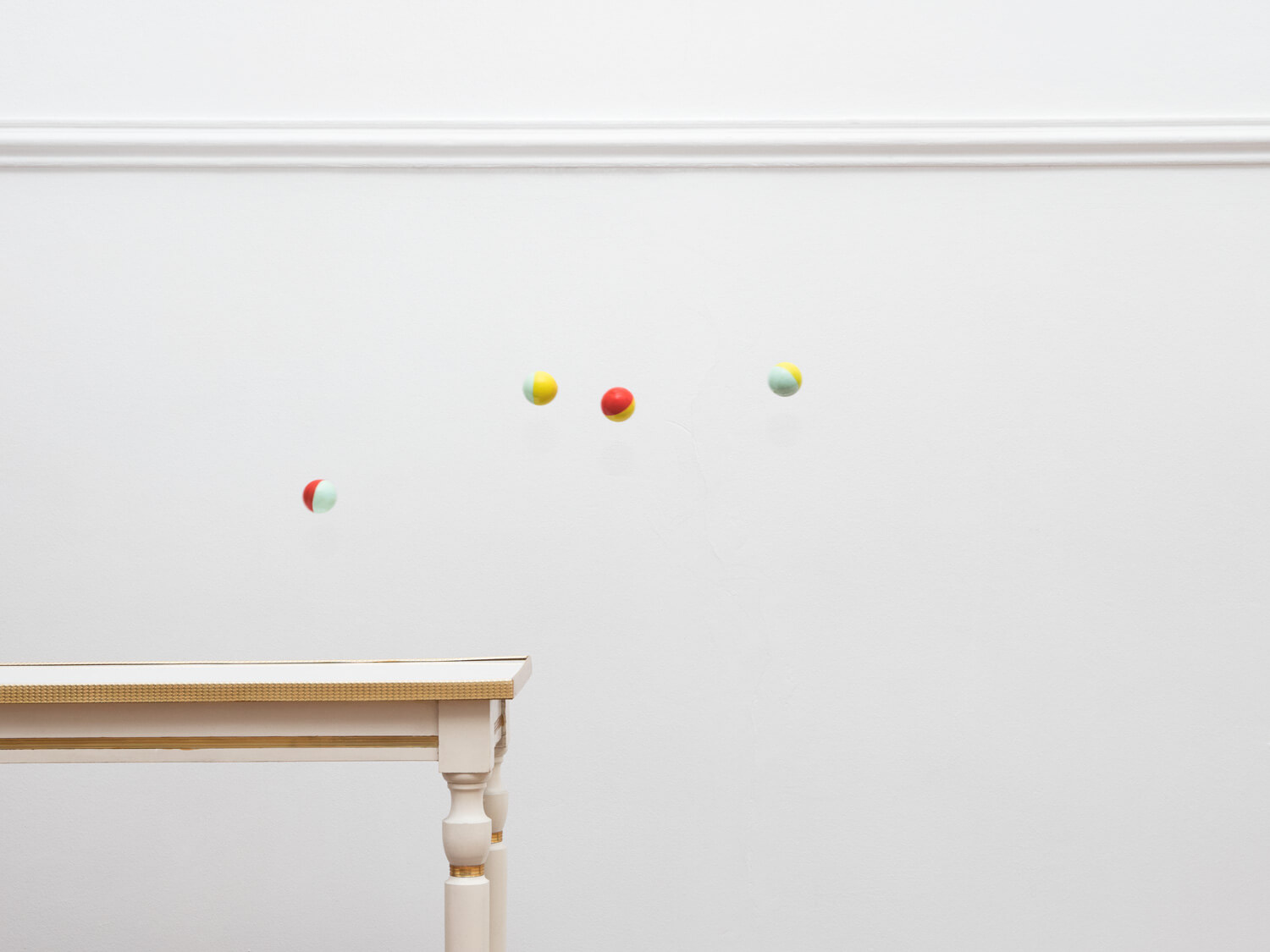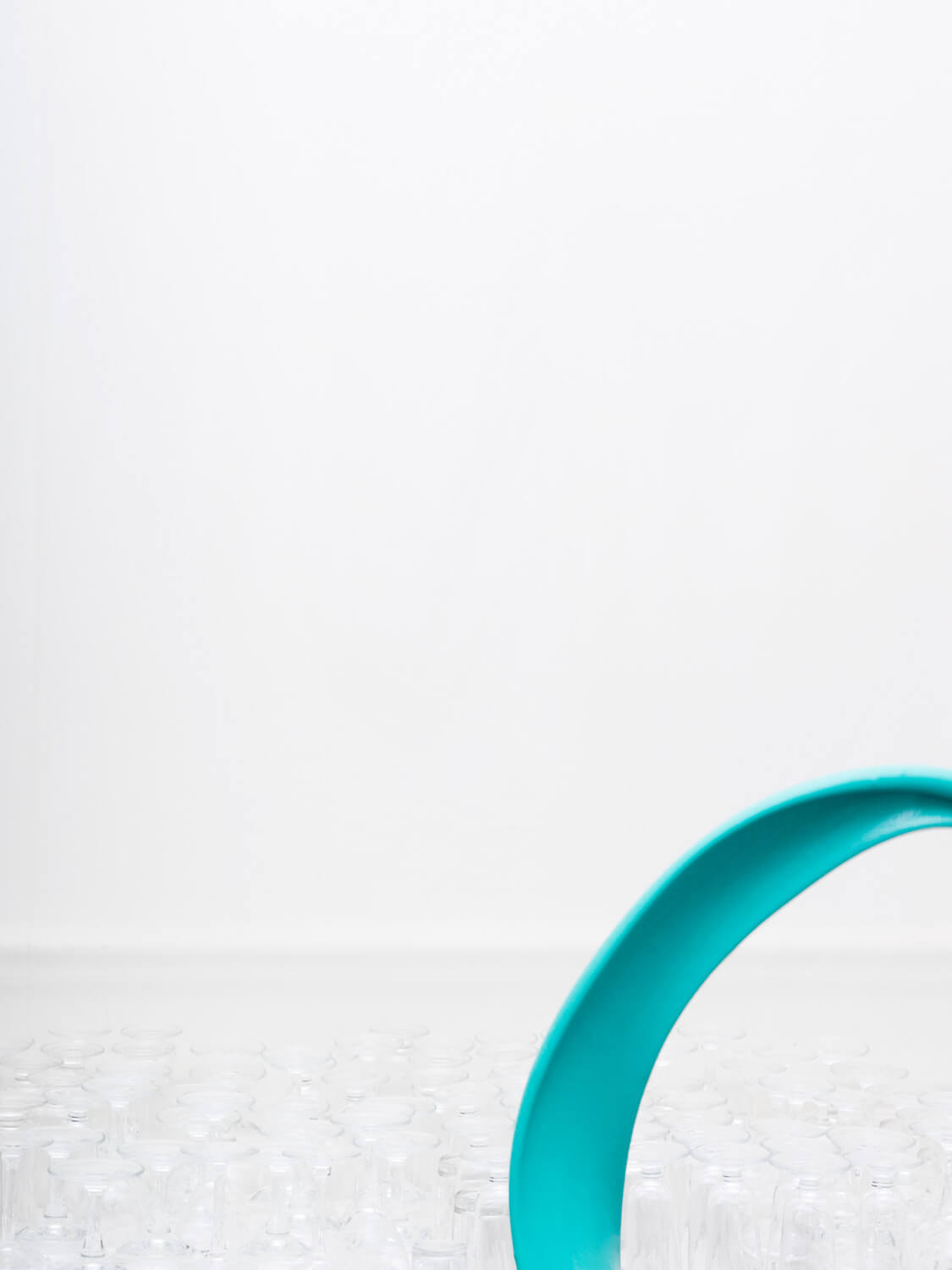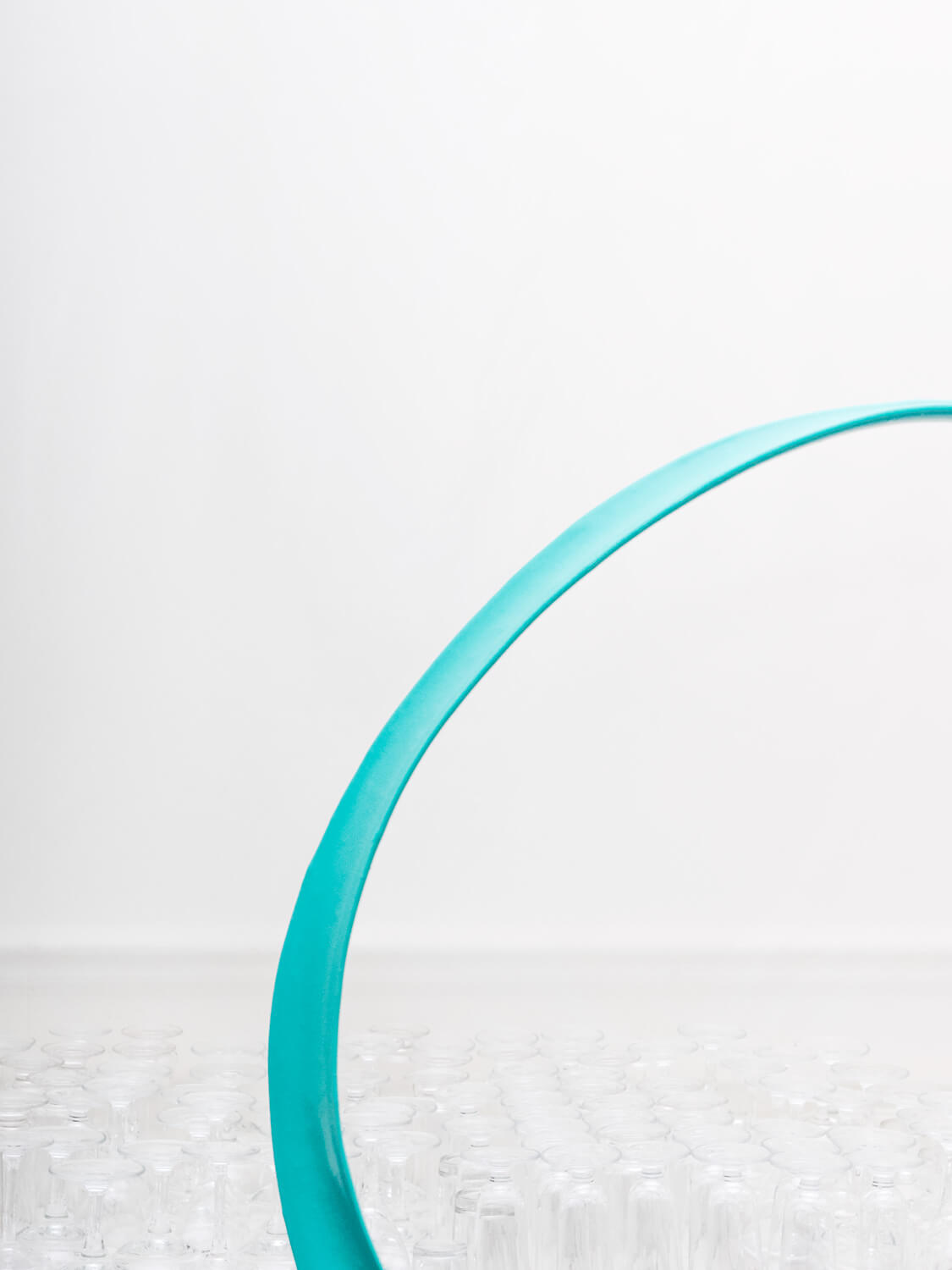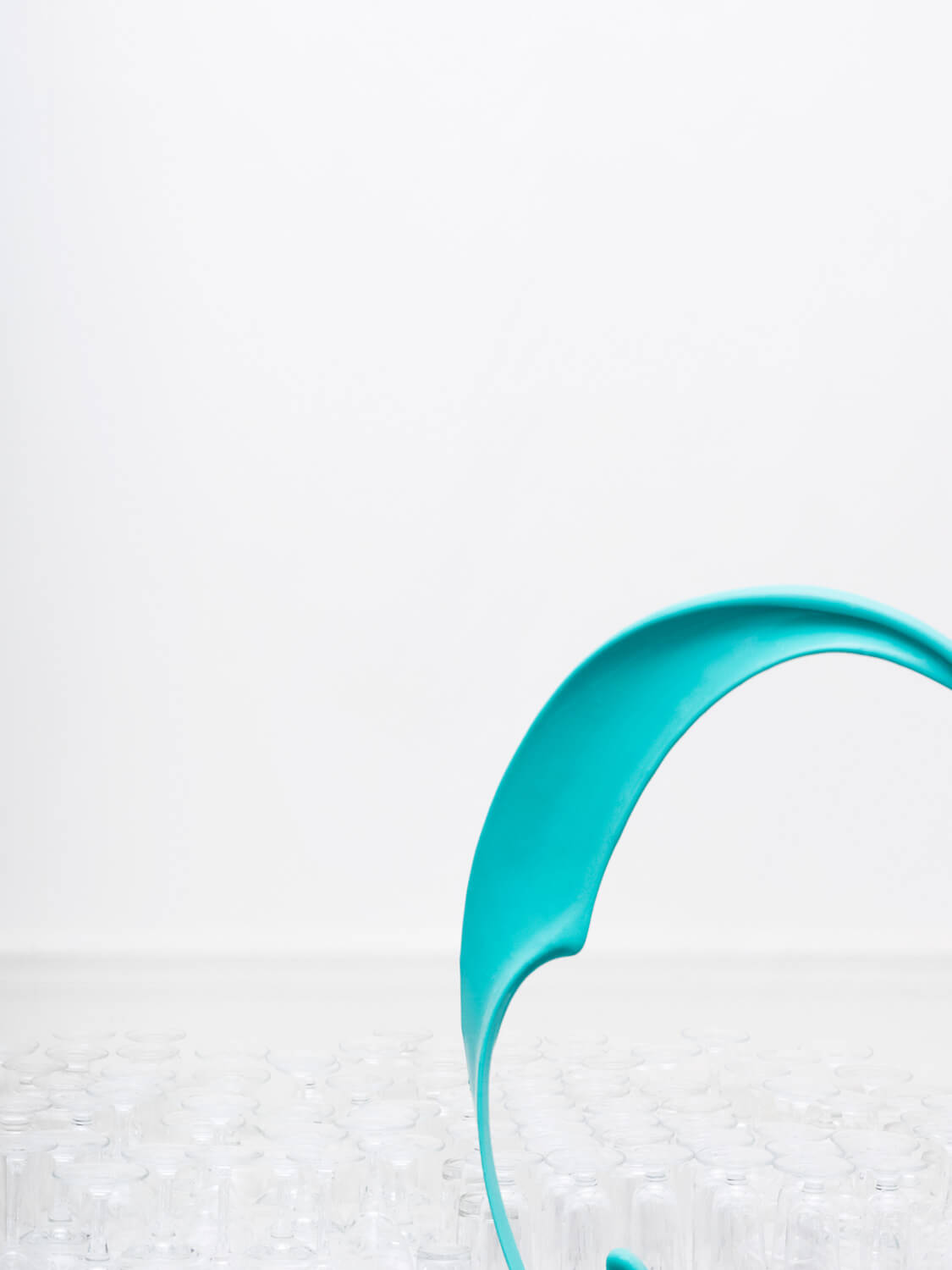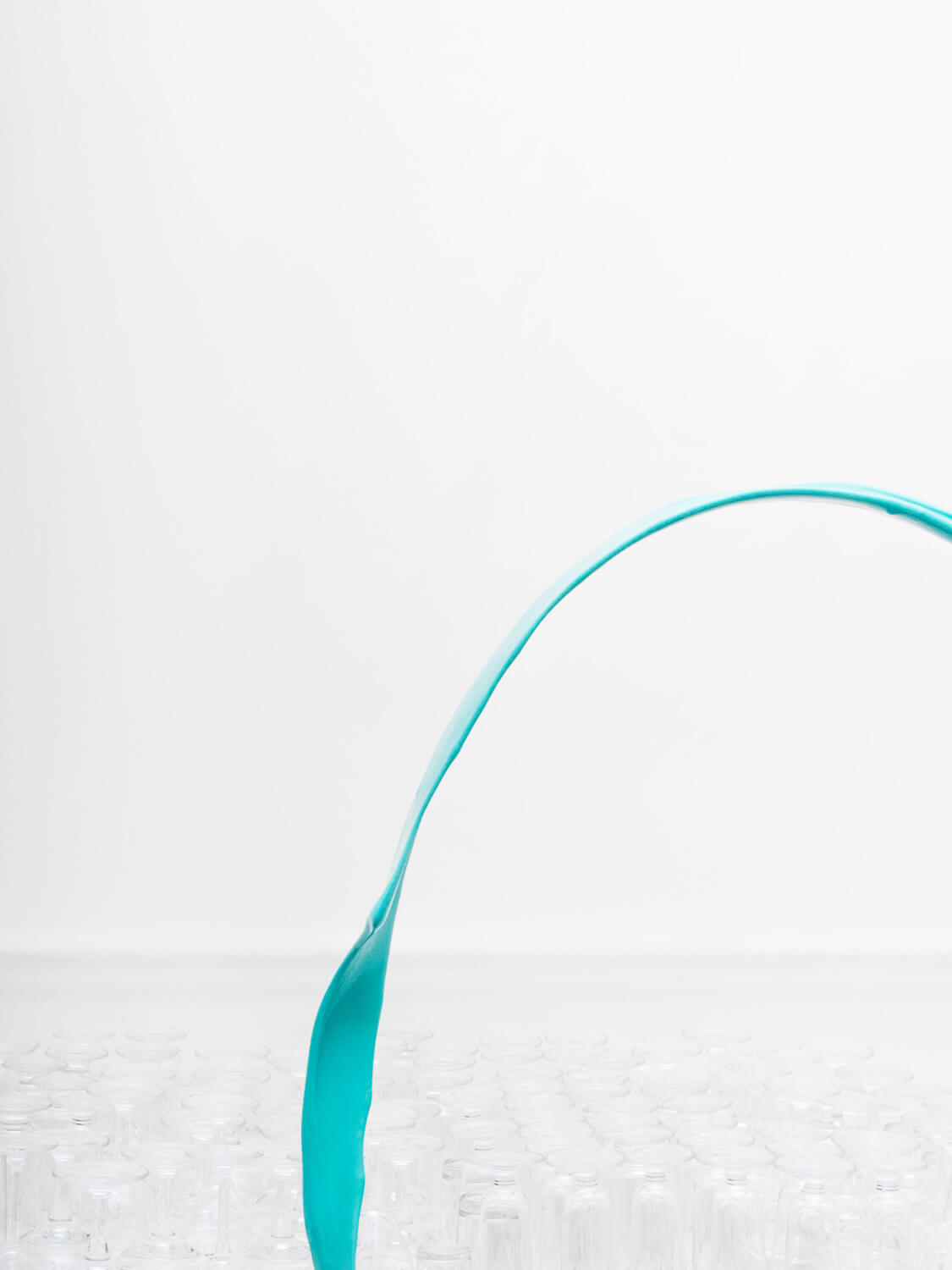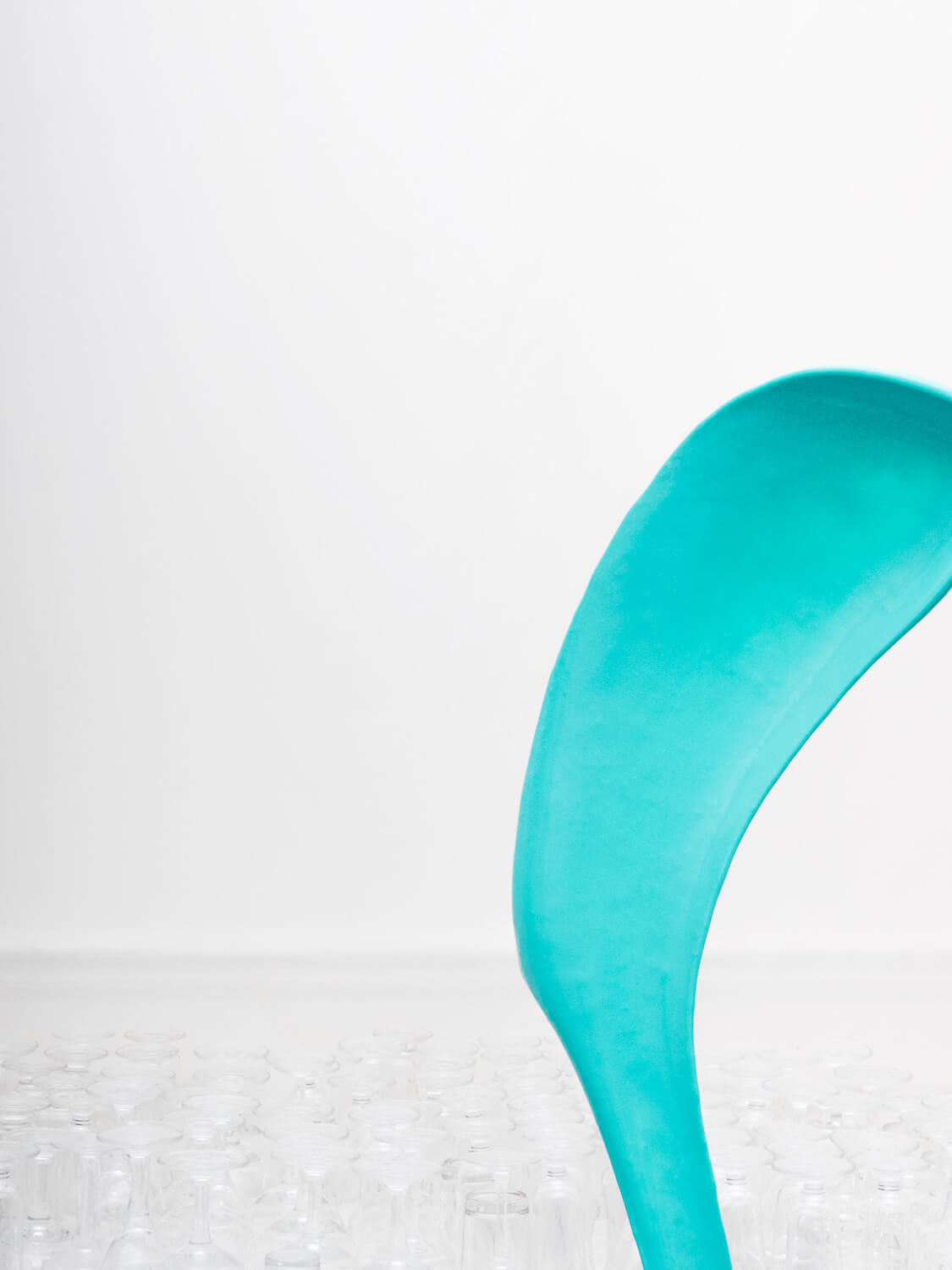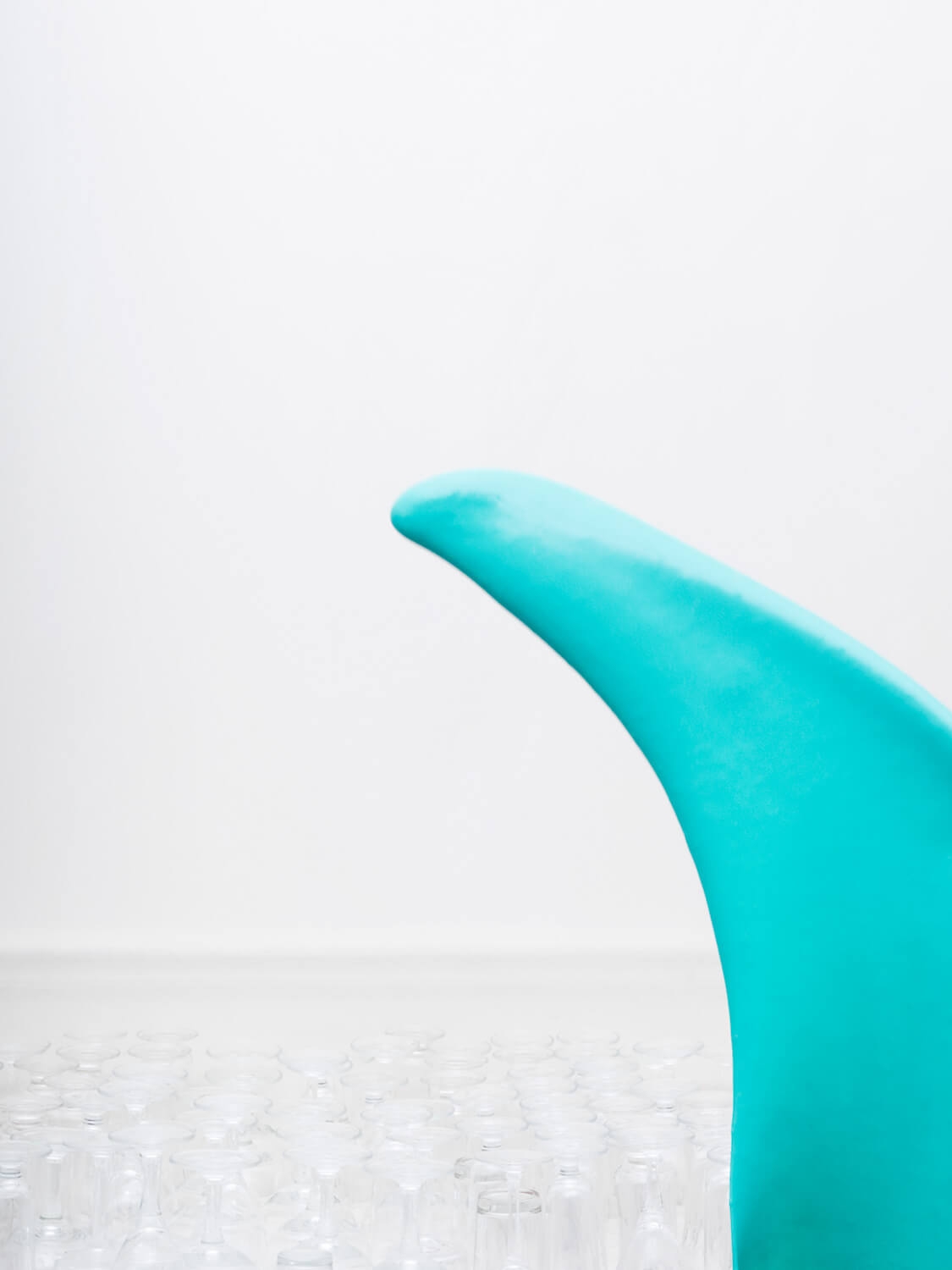Verificación física #1 – #6
Giclée -tintas pigmentadas en papel de fibra- sobre tablero y bastidor
42×32 cm cada una
Verificación física — 2016
Science and art are often considered to be distant disciplines. They generate in us different experiences and move our minds and our imagination towards opposite places. They are words that are miles away from each other. As separated from one another as the sky and the ocean, with a whole world between them. And yet, when we stop to contemplate both disciplines far from the learned conventions, sitting on a stone wall, possessed by the calmness of a quiet evening at the end of the summer holidays, we can observe that, very much like the sky and the ocean, science and art also come together at the horizon.
Both disciplines, each in its own way, try to fill the existential void that we inevitably feel before the abyss of ignorance. That feeling that conquers our mind when things are meaningless, when we face inexplicable phenomena before the threshold of the unexplored. Science comforts minds while art does so with the spirit. Or maybe it’s the other way around. Or maybe it doesn’t matter. Both are there and come to our rescue to bring us closer to reality, to interpret the traces that are left in front of our eyes and join the clues that show us the way forward
These clues, like bread crumbs left in the middle of the path, are often presented as rigid protocols and static established conventions that regulate the passing of our lives. They are perhaps those tangible fragments to which we hold when we feel the desperate human need of measuring things in order to understand them, to arrange everything that is possible to be arranged. To not lose ourselves before the cloud of possibilities that opens up at both sides of the road. But what happens when the trail of crumbs vanishes and we are left to our own fate in the face of immensity? Then Platero’s images come to our rescue.
When contemplating her insinuating paint splashes suspended in the air and her objects on the edge of the precipice, the ghost of Heisenberg emerges and words like «balance», «chaos» and «uncertainty» rush to our mind. Her photographs, scientifically constructed, become artistic research based on calculated actions. Subtle actions that existed in front of the camera for a fraction of a second. The fraction necessary for the image to consummate its record and fulfill its genuine and scientific documentary function.
And yet, beyond science and art (or perhaps also uniting the two again) we find in Physical Verification an important component of the little brother of both: chance. In Platero’s pictures things do not necessarily happen in one way. Or rather they do happen, just as much as they could have happened in a different way. Randomness prevails in her process giving rise to phenomena impossible to determine before it actually happens. Phenomena that, carried out under the same conditions, with the same elements, offer as a possible result a whole set of alternatives and not just a single outcome. Her images cut through science and art, unabashedly ignoring the capacity attributed to them of establishing the veracity of an event. They are small games, experimentations based on impudence, invitations to enter a world of disparate possibilities. Fluid actions whose consequences are unpredictable: big changes can have irrelevant effects and small changes can unfold great consequences. Repetitions, variations and alterations of events that embrace both the test and the error. They are empirical exercises that remind us that what we perceive as evident disorder and absolute arbitrariness may not be so. That science and art may not be, after all, so many kilometers away from each other. They are images that inhabit the horizon.
© María Platero – Daniel Mayrit
Verificación física — 2016
Ciencia y arte suelen ser disciplinas lejanas. Generan en nosotros vivencias dispares y mueven nuestra mente y nuestra imaginación hacia lugares opuestos y distantes. Son palabras que se encuentran a kilómetros de distancia. Tan separadas entre sí como el cielo y el océano, con todo un mundo entre medias. Y sin embargo, cuando lejos de las convenciones aparentemente aprendidas nos paramos a contemplar ambas disciplinas sentados sobre un muro de piedra, poseídos por el sosiego de un atardecer cualquiera al final de las vacaciones de verano, podremos observar que, al igual que el cielo y el océano, ciencia y arte también se juntan en el horizonte.
Ambas disciplinas, cada una a su manera, intentan llenar el vacío existencial que se genera en nosotros ante el abismo del desconocimiento. Esa sensación que nos conquista cuando las cosas carecen de sentido, cuando nos enfrentamos a fenómenos inexplicables ante las puertas de lo inexplorado. La ciencia conforta las mentes mientras el arte hace lo propio con el espíritu. O quizás sea al revés. O tal vez no importe. Ambas están ahí y acuden a nuestro rescate para vincularnos con la realidad, para interpretar los rastros que ésta deja ante nuestros ojos y unir las pistas que nos muestren el camino a seguir.
Esas pistas, como migas de pan dejadas en medio del sendero, se presentan a menudo como rígidos protocolos y estáticas convenciones establecidas que regulan el transcurrir de nuestras vidas. Son acaso esos fragmentos tangibles a los que sujetarnos cuando arrecia nuestra humana necesidad de medir las cosas para comprenderlas, para ordenar todo aquello que sea posible ordenar. Para no perdernos ante la inmensidad de posibilidades que se abren a ambos lados del camino. ¿Pero qué ocurre cuando el rastro de migas se desvanece y quedamos abandonados a nuestra suerte ante la inmensidad? Entonces las imágenes de Platero vienen a nuestro rescate.
Al contemplar sus insinuantes pinturas suspendidas en el aire y sus objetos al borde del precipicio, el espíritu de Heisenberg se apodera de nosotros y palabras como “equilibrio”, “caos” e “incertidumbre” se agolpan en nuestra mente. Sus fotografías, científicamente construidas, devienen investigaciones artísticas basadas en acciones calculadas. Sutiles acciones que existieron delante de la cámara durante una fracción de segundo. La fracción necesaria para que la imagen consumase su registro y cumpliese su genuina y científica función documental.
Y, sin embargo, más allá de ciencia y arte (o quizás también uniendo de nuevo a los dos) encontramos en Verificación Física un importante componente del hermano pequeño de ambos: el azar. En las instantáneas de Platero las cosas no ocurren necesariamente de una manera. O mejor dicho, ocurren tanto como podrían haber ocurrido de una manera diferente. La aleatoriedad se impone en su proceso dando lugar a fenómenos imposibles de determinar antes de que sucedan. Fenómenos que, realizados bajo las mismas condiciones, con los mismos elementos, ofrecen como resultado posible un conjunto de alternativas y no un único desenlace. Atraviesan ciencia y arte ignorando desenfadadamente la capacidad atribuida a éstos de establecer la veracidad de un hecho. Son en cambio pequeños juegos, experimentaciones a base de descaro, invitaciones a entrar en un mundo de posibilidades dispares. Acciones fluidas cuyas consecuencias son impredecibles: grandes cambios pueden tener efectos irrelevantes y pequeños cambios pueden traer grandes consecuencias. Repeticiones, variaciones y alteraciones de eventos que abrazan tanto la prueba como el error. Son ejercicios empíricos que nos recuerdan que lo que percibimos como desorden evidente y arbitrariedad absoluta quizás no lo sea. Que ciencia y arte tal vez no estén, después de todo, a tantos kilómetros de distancia. Son imágenes que habitan el horizonte.
© María Platero y Daniel Mayrit
